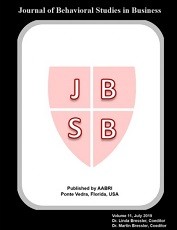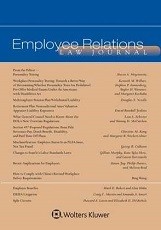CW Von BergeN, Martin S Bressler

Abstract
Increasingly, employees maintain they should be provided an unqualified legal right to refuse work activities that violate their ethical, moral, personal, or religious convictions or beliefs-in short, their conscience. This assertion has become one of the more controversial issues confronting employers. This paper presents a brief review of conscientious objection with special attention to objection in medical related areas, followed by new discussion of freedom of conscience in the workplace.
Bergen CV, Bressler MS. A matter of conscience: do conflicting beliefs and workplace demands constitute religious discrimination? J Behavioral Studies in Business. 2011;3:1-14. Available from:
